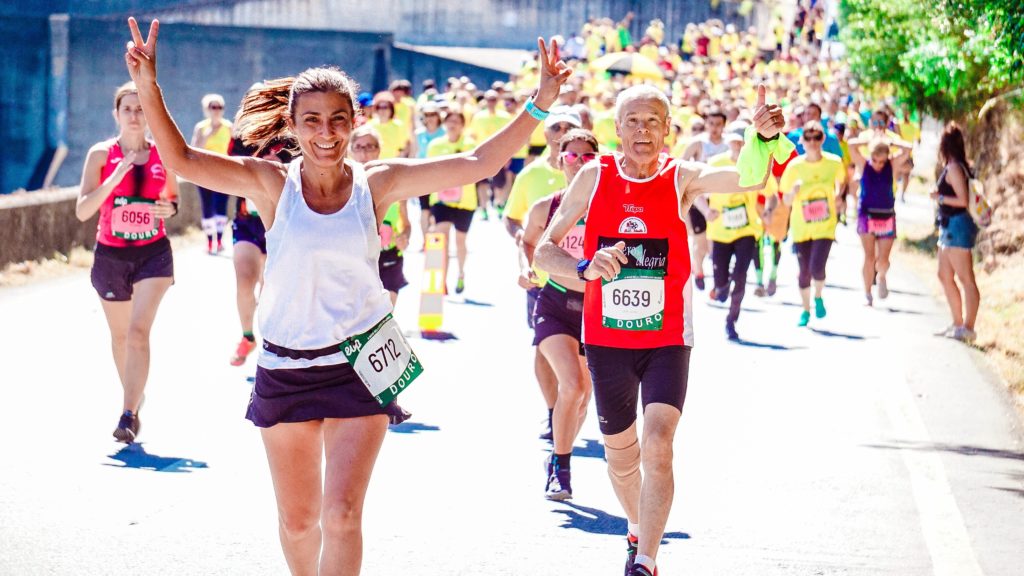Developing Race Cues and Mindset For Better Performance

A primary component of an endurance athlete’s training program is to implement mental skills alongside their physical activity. For some athletes, mental skills training is only called upon when there is an issue with their performance, such as performance anxiety, worry over failure, or confidence issues. Although proper skills can assist during these times, implementing them proactively alongside physical training is critical! The benefits of implementing mental skills training throughout training cycles are to help endurance athletes build confidence, assist in managing stress, enhance focus, and strengthen mindset!
Mindset is the primary focus for endurance athletes of all stages and experience levels. It is natural to experience elements of both a fixed mindset and a growth mindset at different moments throughout training. A fixed mindset is connected to an athlete viewing a challenge as a threat and feeling that they don’t have the necessary resources to succeed. Having a fixed mindset leads to feelings and thoughts such as low confidence, nervousness, self-doubt, and decreased motivation. Differences are seen among athletes having a growth mindset approach throughout their training and races. An athlete recognizes a challenge and views it as an opportunity for improvement, believing they have the resources for success! Having a growth mindset also helps athletes view failure as an opportunity to develop and strengthen their abilities, assisting them in not being fearful of making mistakes.
Developing Race Cues and Mindset For Better Performance
Can an athlete experiencing a fixed outlook develop a growth mindset? Absolutely! Shifting mindset is essential and beneficial for athletes of all levels. This requires an athlete to become self-aware and mindful of their inner dialogue. An excellent method to assist with becoming more mindful is to utilize the STOP Technique. When feeling out of control, struggling with confidence, or hearing those negative thoughts, STOP!! Take a deep breath to relax the body and slow down for the moment. Take a moment to bring awareness to the thoughts and feelings that exist and acknowledge their presence. This process should be conducted in a nonjudgmental manner. It is critical to recognize that what is being thought or felt does not define the athlete; it is just something that has occurred. The thoughts and feelings do not hold any weight on the athlete’s performance abilities. Observe the responses from the mind and body. Proceed and move forward with executing the performance.
An athlete should become aware of trigger words that might result in having a fixed mindset. These could include “I can’t,” “I’ll never,” “I’m not prepared,” “I’ll get injured,” “What if I make a mistake,” etc. Acknowledging that these trigger words are present is the first step in enhancing an athlete’s self-awareness. Recognize these triggers exist and shift away from giving them any value regarding emotions or thoughts. In order to shift the mindset effectively during training sessions or competitions, it is necessary to have race cues prepared!
Race cues are verbal cues prepared in advance to assist throughout performance. Having race cues prepared provides athletes with an element of control and confidence entering race day. These cues also provide athletes with the ability to be proactive in their mindset instead of only responding after hearing a fixed response from their minds. Each athlete should have unique cues. Developing these cues is usually based on experience.
These race cues should be connected to a physical element of performance. For example, if a runner notices negative thoughts during the halfway point of their race, it would be an advantage for them to implement cue words such as “strong,” “focus on stride,” “it’s go time,” “this is my moment,” “push forward,” etc. The best thing about race cues is that athletes can utilize as many cues as needed! Whatever cues an athlete connects to should be the cues used, and they will most likely shift throughout different elements of the race! Most importantly, practice using your cues so that in races you will be comfortable utilizing them at specific points.
Having these race cues prepared is a proactive way to connect to the growth mindset as an endurance athlete and recognize the sense of control regarding performance.

JoAnne Bullard is a Doctor of Sport and Performance Psychology and a Certified Mental Performance Consultant through the Association for Applied Sport Psychology. She is also a Certified Strength and Conditioning Specialist through the National Strength and Conditioning Association.
She serves as a tenured Associate Professor at Rowan University and is the owner of Absolute Fitness, LLC. Her goal is to provide a holistically applied approach for clients through performance psychology consulting. She has experience working with athletes of all ages, including endurance athletes, in individual and group sessions. Her research areas include mindfulness, performance anxiety, goal setting, coping strategies, and mental well-being of athletes.
She has completed five marathons, numerous half-marathons, and is always looking for her next race.








